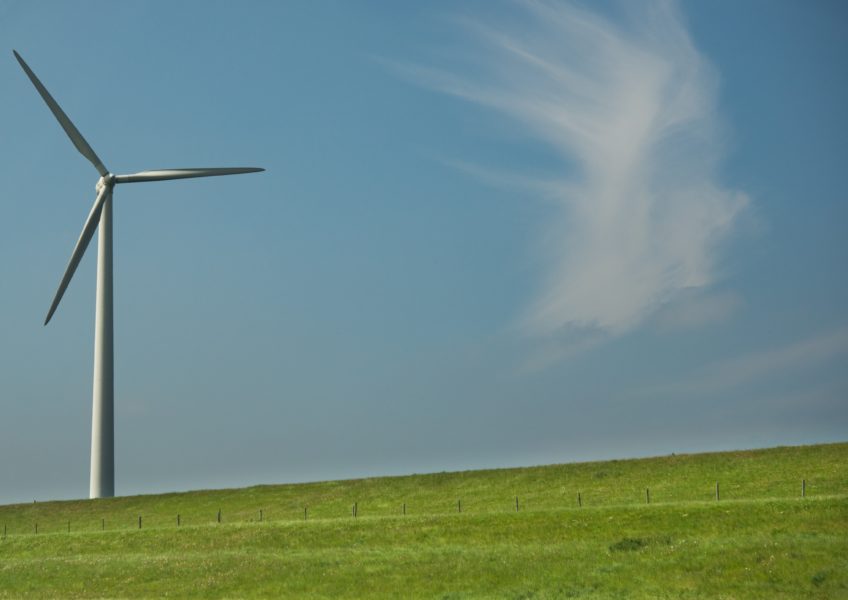In recent years, Green Technology, or Greentech, has emerged as a revolutionary force reshaping the energy landscape in the USA. This article explores the significant strides made in the adoption of sustainable practices, focusing on renewable energy, advancements in energy storage, smart grids, government initiatives, and the economic impact of Greentech.
Renewable Energy Sources
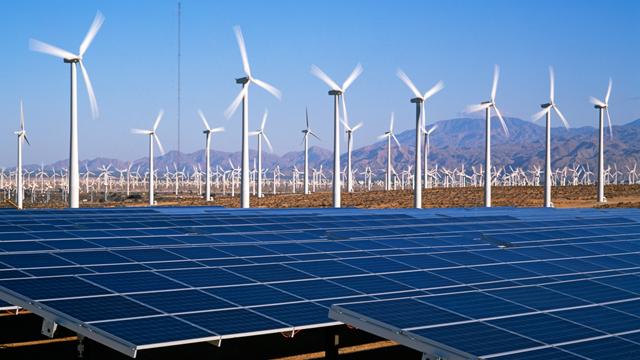
Solar Power
One of the cornerstones of Greentech is solar power. Solar panels harness the sun's energy, providing a clean and renewable source of electricity. The declining costs of solar technology have made it an accessible option for both residential and commercial use.
Wind Energy
The expansive landscapes in the USA offer vast potential for wind energy. Wind turbines convert wind power into electricity, contributing significantly to the country's renewable energy capacity. Investments in wind farms have surged, creating a more diversified and sustainable energy mix.
Hydroelectric Power
Hydropower remains a reliable source of clean energy, utilizing the force of flowing water to generate electricity. The development of hydroelectric projects across the nation has bolstered the Greentech movement, emphasizing the importance of harnessing natural resources responsibly.
Advancements in Energy Storage

Lithium-ion Batteries
As Greentech expands, efficient energy storage becomes paramount. Lithium-ion batteries, commonly used in electric vehicles, are now integral to storing excess energy generated by renewables. This innovation ensures a continuous and reliable power supply, even during periods of low energy production.
Grid-Scale Storage Solutions
Grid-scale storage solutions address the challenge of intermittent renewable energy production. Massive battery installations at the grid level enable the storage of surplus energy, providing a buffer during peak demand hours and enhancing the overall stability of the energy grid.
Smart Grids and Energy Efficiency
Integration of IoT in Energy Management
Smart grids leverage the Internet of Things (IoT) to optimize energy distribution and consumption. IoT devices collect real-time data, enabling utilities to manage energy flows efficiently. This integration enhances grid reliability and reduces energy wastage.
Demand Response Systems
Demand response systems empower consumers to actively participate in energy conservation. By adjusting their energy consumption based on demand fluctuations, individuals contribute to a more balanced and efficient energy grid. This two-way communication system fosters a culture of responsible energy use.
Government Initiatives and Incentives
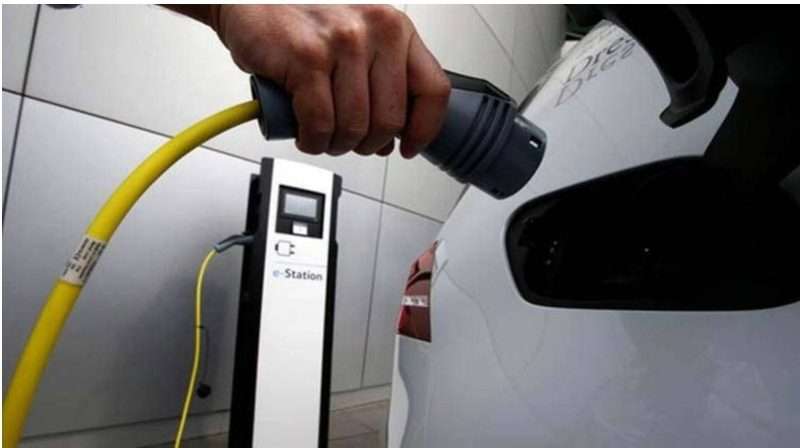
Federal and State Policies
The federal government and various states have implemented policies to encourage Greentech adoption. These include mandates for renewable energy targets, emissions reduction goals, and incentives for businesses and individuals investing in sustainable practices.
Tax Credits for Greentech Investments
Tax credits play a crucial role in stimulating Greentech investments. Individuals and businesses benefit from tax incentives, making it financially attractive to transition towards cleaner and more sustainable energy solutions.
Green Building Technologies
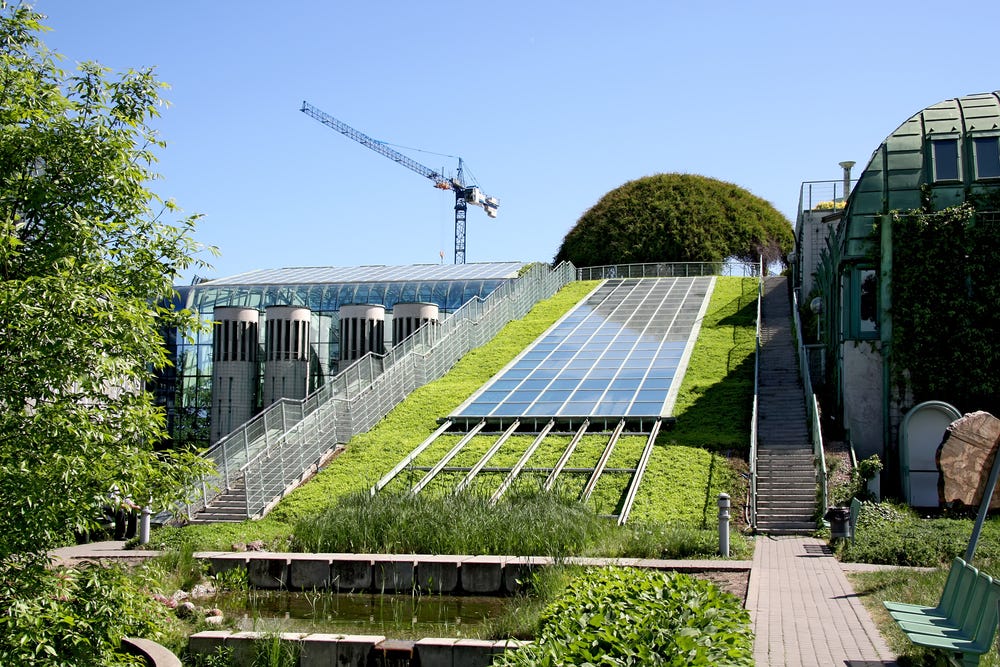
Sustainable Architecture
Green building technologies prioritize energy-efficient and environmentally friendly construction practices. Sustainable architecture integrates renewable energy systems, energy-efficient insulation, and eco-friendly materials to create structures with minimal environmental impact.
Energy-Efficient Construction Materials
The use of energy-efficient construction materials further contributes to Greentech initiatives. Innovations in materials such as recycled steel, bamboo, and energy-efficient glass play a vital role in reducing the carbon footprint of buildings.
Electric Vehicles and Sustainable Transportation
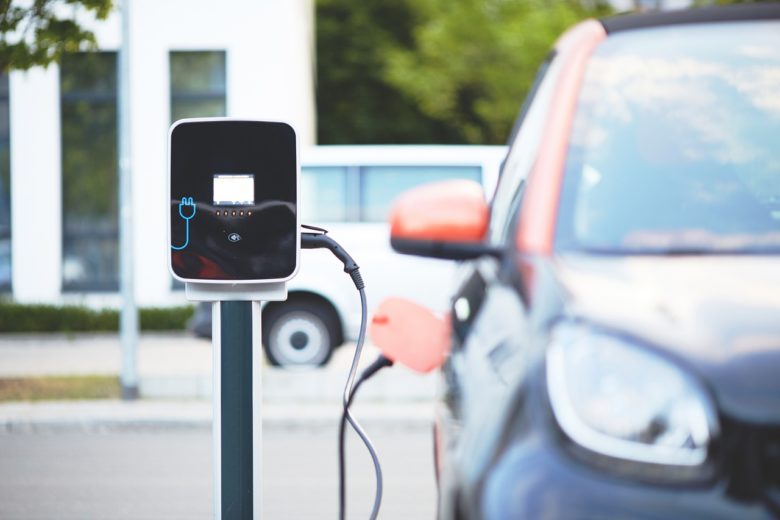
Growth of Electric Car Market
The rise of electric vehicles (EVs) marks a significant shift toward sustainable transportation. With advancements in battery technology, EVs offer a clean alternative to traditional vehicles, reducing reliance on fossil fuels.
Charging Infrastructure Development
To support the growing electric vehicle market, extensive charging infrastructure is essential. Public and private investments in charging stations across the country make EVs a viable and convenient choice for environmentally conscious consumers.
Challenges and Solutions

Technological Barriers
Despite the rapid progress in Greentech, challenges persist. Technological barriers, such as the intermittent nature of renewable energy sources and the need for more efficient storage solutions, require ongoing innovation and research.
Community Engagement and Education
Community engagement and education are pivotal for overcoming resistance to change. Informing the public about the benefits of Greentech and involving communities in sustainable practices are essential steps in achieving widespread adoption.
Future Trends in Greentech

Innovations in Renewable Energy
The future of Greentech holds promising innovations in renewable energy. Advancements in solar and wind technologies, coupled with breakthroughs in energy storage, are expected to drive further sustainability and efficiency.
Emerging Technologies in Sustainable Practices
From bioenergy to advanced recycling methods, emerging technologies promise to redefine sustainable practices. Greentech will likely witness the integration of cutting-edge solutions that address environmental challenges and promote a circular economy.
Economic Impact of Greentech
Investments in Clean Energy Ventures
Investors are increasingly recognizing the potential of Greentech ventures. Funding for clean energy startups and projects not only fuels innovation but also positions the USA as a global leader in sustainable technologies.
Case Studies
Successful Greentech Projects in the USA
Examining successful Greentech projects provides valuable insights. From large-scale solar farms to community-driven initiatives, case studies showcase the positive environmental and economic outcomes of embracing sustainable practices.
Positive Environmental and Economic Outcomes
Greentech projects consistently demonstrate positive outcomes for the environment and the economy. Reduced carbon emissions, improved air quality, and economic benefits make a compelling case for the widespread adoption of sustainable technologies.
Public Awareness and Adoption
Changing Consumer Preferences
Consumer preferences are evolving, with an increasing demand for sustainable products and services. The role of informed consumers in driving market forces towards Greentech cannot be overstated, highlighting the power of individual choices in shaping a sustainable future.
Importance of Sustainable Choices
Every individual's choices contribute to the overall impact on the environment. Emphasizing the importance of sustainable choices in daily life encourages a collective effort towards a greener and more sustainable future.
Global Perspectives on Greentech
Collaborative Efforts for a Sustainable Future
The global nature of environmental challenges requires collaborative efforts. International partnerships and agreements promote the exchange of knowledge and resources, fostering a united approach to address climate change and promote Greentech initiatives.
USA's Role in Global Green Initiatives
As a major player on the world stage, the USA's commitment to Greentech sets an example for other nations. By leading in technological innovation and sustainable practices, the USA contributes significantly to global efforts to combat climate change.
Conclusion
In conclusion, Greentech is undeniably reshaping the energy landscape in the USA. The multifaceted approach, encompassing renewable energy, smart grids, government initiatives, and sustainable transportation, demonstrates the transformative power of embracing environmentally friendly practices. As individuals and communities actively engage in Greentech, the nation moves closer to a more sustainable and resilient future.
FAQs
Q. What is Greentech?
Greentech, short for Green Technology, refers to the use of environmentally friendly practices and technologies to address ecological challenges and promote sustainable living.
Q. How does the government support Greentech initiatives?
The government supports Greentech through policies, incentives, and tax credits that encourage the adoption of renewable energy, energy-efficient practices, and environmentally friendly technologies.
Q. Are there any drawbacks to Greentech adoption?
Challenges include technological barriers, intermittent energy production, and the need for community engagement. However, ongoing innovation aims to address these challenges.
Q. How can individuals contribute to the Green Energy movement?
Individuals can contribute by making sustainable choices in their daily lives, supporting renewable energy sources, and staying informed about Greentech initiatives.
Q. What are the future challenges for Greentech development?
Future challenges include the need for continuous innovation, overcoming resistance to change, and ensuring widespread adoption of Greentech practices to achieve lasting environmental impact.

